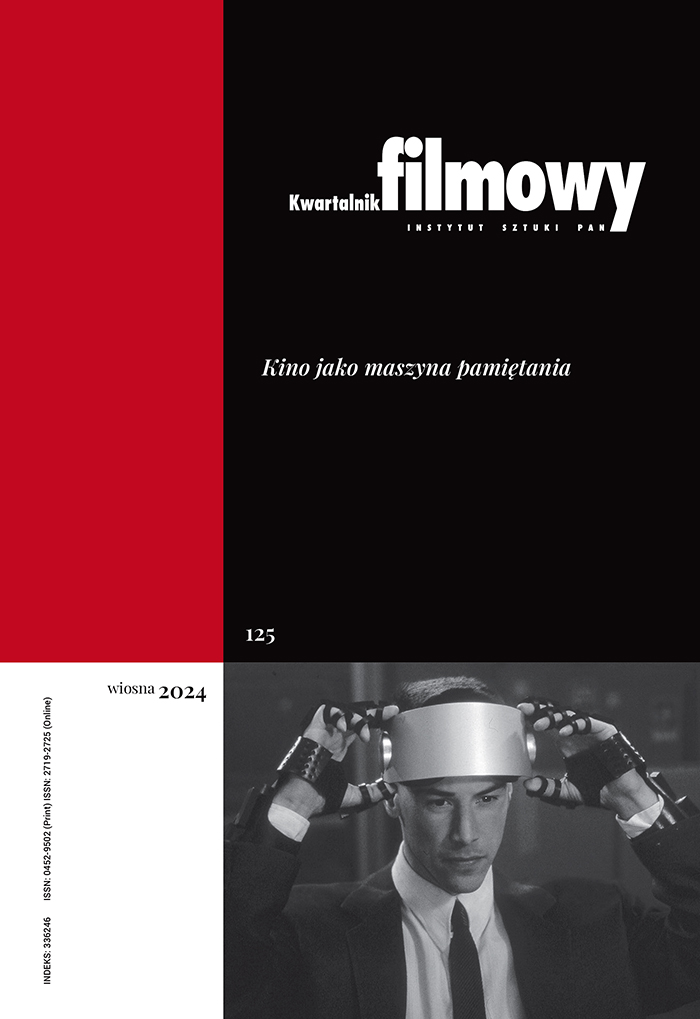Theo van Gogh
Abstract
Jelinska Manders reviews the storylines and aesthetic guidelines of van Gogh’s films, accentuating the director’s inclination to become strongly involved in political issues. Dutch director and provocateur Theo van Gogh was brutally murdered by a Moroccan religious fanatic on November 2, 2004. Van Gogh played the part of a clown in a Dutch society, not hesitating to express highly controversial opinions. An outspoken person, he took the liberty of ridiculing others and was an advocate of free speech; he broke taboos and used mediation. He believed in the functional role of expression. He even defended his most offensive comments as essential for social communication. Van Gogh’s strong involvement in politics caused that his opinions started to be interpreted too literally and the rules of the game and reference points got mixed up. But it turns out that while the roles of the artist and intellectual seem to be widely understood, then at a time when these comments touch upon sensitive social issues, their meanings clash and their implications become unclear.
Keywords:
Theo Van Gogh, clown, Dutch cinemaReferences
Nie dotyczy / Not applicable
Google Scholar
Authors
Kinga Jelińska-Manderskwartalnik.filmowy@ispan.pl
University of Warsaw Poland
Absolwentka kulturoznawstwa na UW. Publikuje w czasopismach „Lampa”, „Razem”. Obecnie mieszka w Holandii.
Statistics
Abstract views: 98PDF downloads: 37
License
Copyright (c) 2005 Kinga Jelińska-Manders

This work is licensed under a Creative Commons Attribution 4.0 International License.
The author grants the publisher a royalty-free non-exclusive licence (CC BY 4.0) to use the article in Kwartalnik Filmowy, retains full copyright, and agrees to identify the work as first having been published in Kwartalnik Filmowy should it be published or used again (download licence agreement). The journal is published under the CC BY 4.0 licence. By submitting an article, the author agrees to make it available under this licence.
In issues from 105-106 (2019) to 119 (2022) all articles were published under the CC BY-NC-ND 4.0 licence. During this period the authors granted a royalty-free non-exclusive licence (CC BY-ND 4.0) to use their article in „Kwartalnik Filmowy”, retained full copyright, and agreed to identify the work as first having been published in our journal should it be published or used again.











